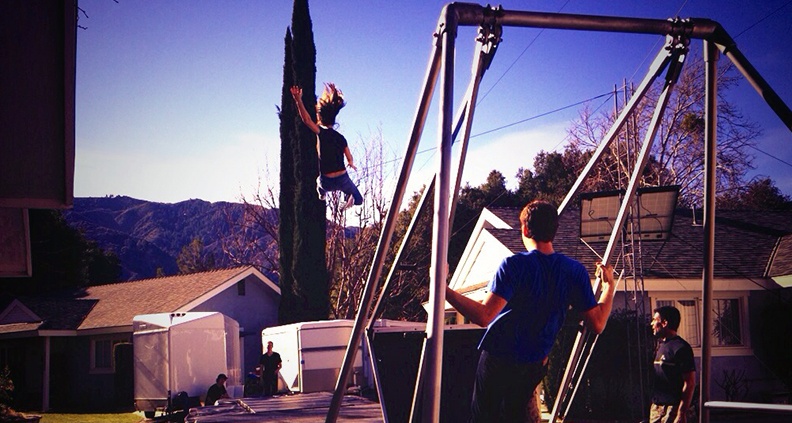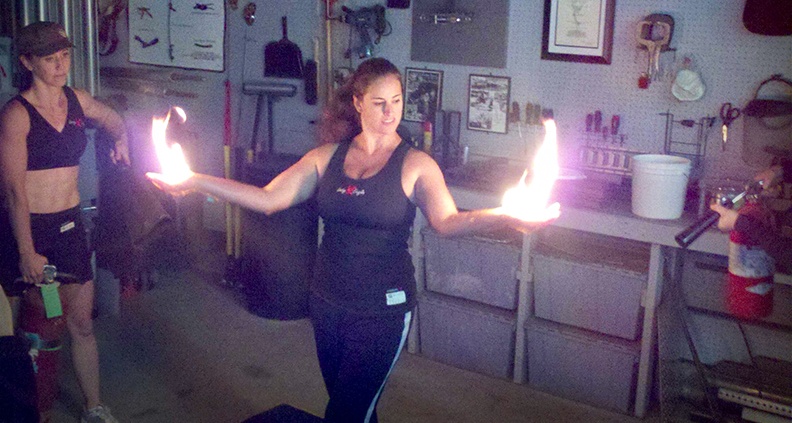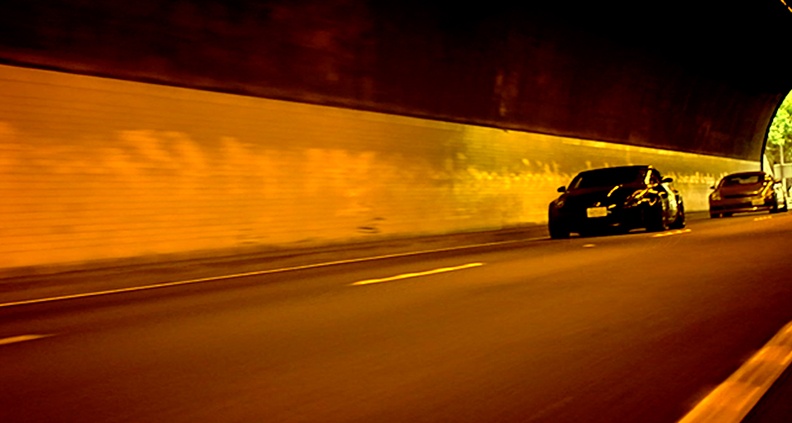The Art of Action: How to Shoot Great Stunt Scenes for Indie Filmmakers
If you missed Part One of our two-part interview with action director and author Lawrence Ribeiro (Action Realism: The Art of Action), you can check it out here.
In Part Two, Ribeiro provides a detailed look at how ambitious, action-hungry filmmakers should approach their stunt sequences—skittish line producers, tiny budgets and all. After all, just because you’re making movies outside the studio system doesn’t mean you can’t also deliver thrilling action. Read what Ribeiro—a veteran of 100+ action sequences as an action director—has to say below.
HOW AN ACTION SCENE COMES TOGETHER

Putting an action sequence together varies from stunt to stunt. It’s different for fights vs. fire vs. car stunts. Sometimes it involves just the stunt players. Sometimes it’s the stunt players plus the actors. For an action sequence to work well, choreography needs to be factored in the rehearsal, the shoot and the edit.
An example is Donnie Yen in Star Wars’ Rogue One. When you see Donnie “fight” his back is toward to camera—the giveaway is that Donnie is in his mid-50s. The stunt player is moving much faster, and the footage isn’t sped up to match in post. Older guys lose speed. Hopefully the audience doesn’t notice, because the actor is replaced by a similarly built stunt player.
One thing indie filmmakers should beware of is the idea that actors can do their own stunts. An actor may say they’re into martial arts, then you find out that means they took classes at 24 Hour Fitness!
For car sequences, sometimes actors get instruction from professional drivers. Friends of mine—a couple—train the riders for Bourne and Fast & Furious. But actors will never do the really big stunts; actors are going 5-20 mph max. On the other end of the spectrum, a veteran stunt driver can hit their mark within inches, repeatedly, and ask the 2nd unit director, “Does that work for you?”
You’re always better off hiring professional stunt players. Fights are relatively cheap to shoot: just a couple of day players and a six-inch pad. Professional stunt players know how to hit, take a hit or fall and—most importantly—how to do all this in front of the camera. An experienced stunt performer will save you time and money over an inexperienced one. I refer to stunt people as instruments because they are finely tuned machines.
I find that some DPs and directors assume they know how to shoot a fight scene—and some do. Always take the time to listen to the stunt coordinator or stunt players. There’s a good chance they can help you with camera angles, especially if they’re creating something within their expert skill-set. Bring them in an editing session and they’ll be an ally of yours forever!

Lastly, ask yourself: is there a style you want to emulate? Something like The Bourne Ultimatum’s Krav Maga and Kali? Something from John Wick? The fight coordinator will love that you’ve done your homework and know what you want. Obviously time is money, so have realistic expectations.
I’ve spoken to a number of producers and line producers working in indie films. They’re definitely the glue that keeps the project together. But when it comes to action, if they don’t have experience, they tend to be negative and will shut the action sequence down. So my first tip: assess if the producer will listen to you. If they won’t, then you’re in an uphill battle.
This is one of those things where you have to put the time in. If you intend to do action with actors, first find someone experienced—a stunt player or, preferably, a stunt coordinator. A stunt player can at least show you how to fall or take a hit, and sell it to the camera. The stunt coordinator will give you more and they’ll put more time into the project if they believe in it. With top coordinators, be prepared to be flexible on your schedule.

Another tip: when shooting, go slowly at first and try to be in sync with the fighters and the moves. If the fighters are moving fast and the operator is kind of slow, they’ll miss things. Also, I’d shoot the entire fight first and then pick up insert shots after. The editor will have a reference point of what the final product should look like. There are many different ways to shoot a fight, but this is a safer route.
When it comes to car crashes in indie film, it’s probably going to happen off-screen. Another option that may be cheaper is to buy a junker at an auction for 300 to 500 bucks. Then you need a stunt player. If they’re a veteran, they can tell you where to place the cameras: one in the car (maybe a cheaper one, like a GoPro or DSLR), one camera showing the point impact and another camera showing the overall impact in a master. Remember: the sequence may be only 2-3 seconds long, so be clever.
When it comes to high falls, fire, explosions—don’t mess around! Get a trained professional. Do your due diligence. And make sure the pyro guy has all his fingers! I’m kidding… sort of.
To learn more about Lawrence Ribeiro, please visit his website. To read Part One of this interview, click here. Ribeiro’s book, Action Realism: The Art of Action, is available now.
Learn how to become a Member of Film Independent by visiting our website. Be sure to follow us on Twitter, Facebook and Instagram and don’t forget to subscribe to Film Independent’s YouTube channel.